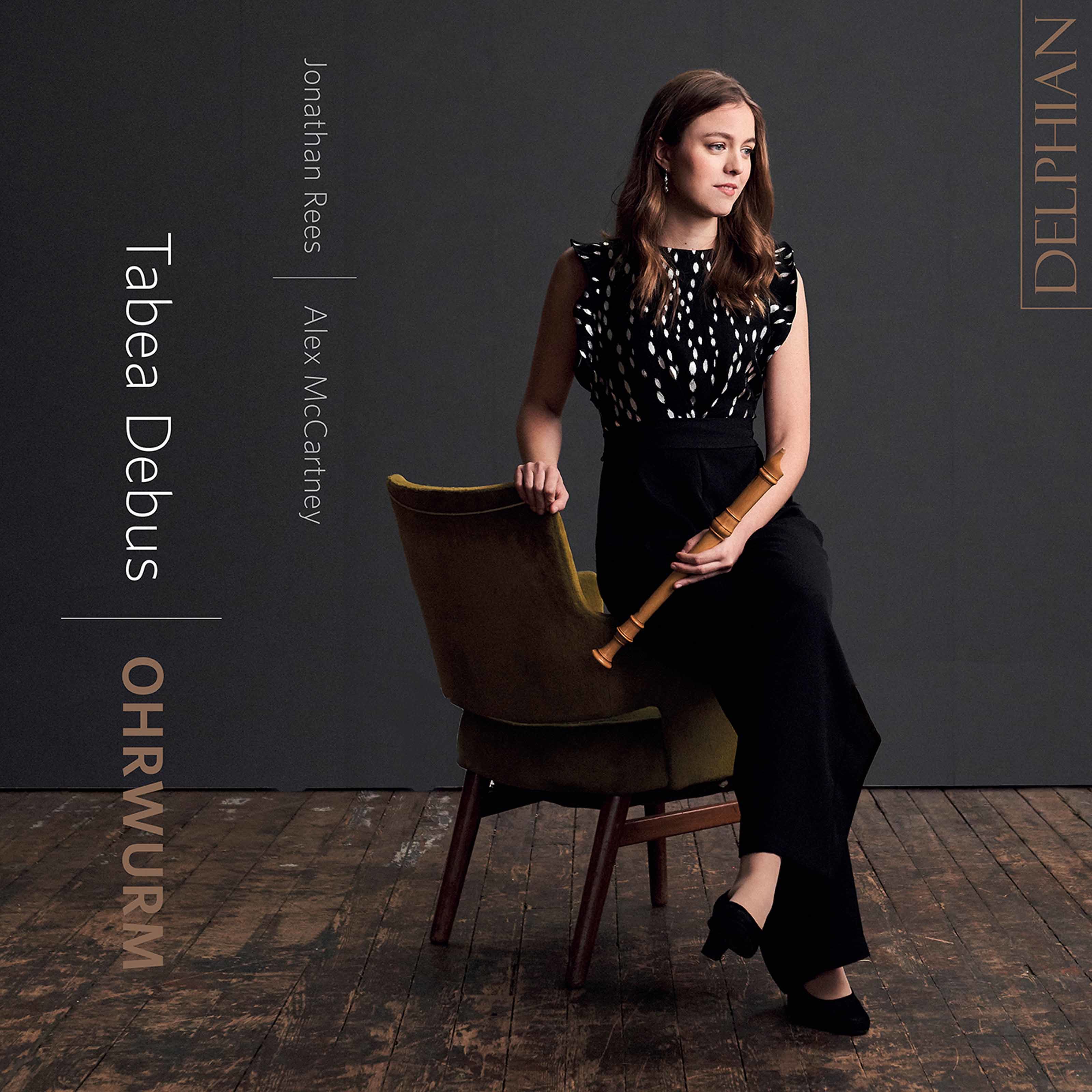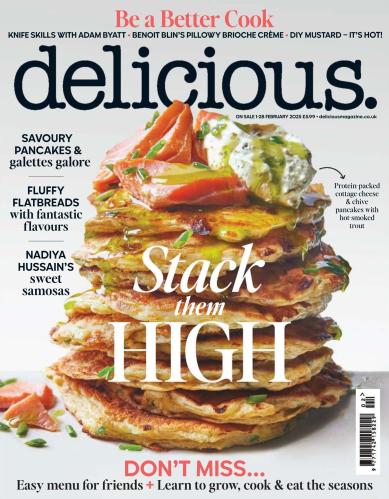
Tabea Debus – Ohrwurm (2020)
FLAC (tracks) 24 bit/44,1 kHz | Time – 01:10:16 minutes | 667 GM | Genre: Classical
Studio Masters, Official Digital Download | Digital Booklet, Front Cover | © Delphian
Melodies that emerge from musical folk memory or jump off the printed page to lodge themselves in the listener’s mind: such ‘earworms’ are the raison d’être of this inventive album, effervescent and haunting by turn.
Rising talent Tabea Debus makes an immediate impression as she joins the roster of Delphian house artists, coaxing an astonishing spectrum of moods and timbres from an array of Renaissance and Baroque recorders. Equally astounding is the tightness and responsiveness of her interaction with gamba player Jonathan Rees and lutenist Alex McCartney, while solos for recorder alone bookend the programme chronologically with music from the fourteenth century and the twenty-first.
When this album was released in 2020, it signaled the continued rise of a major new recorder talent in Tabea Debus. She coaxes an attractive tone out of a variety of Renaissance and Baroque recorders, keeps a steady pitch, and puts together collaborators, gambist Jonathan Rees and theorbist Alex McCartney, who have a fresh sound and interact with her in a relaxed way. The program concept is also fresh: the idea of the ohrwurm, or earworm in English, although not contemporary with the music involved (the English word was not coined until 1978), brings together a variety of music in a convincing way. Debus’ selections hang around the line between concert music and anonymous folk tunes in a way that an 18th century instrumentalist would have recognized, and she ornaments her melodic lines with agile moves that don’t call attention to themselves. Some of the pieces here, like Handel’s “Lascia ch’io pianga,” originally from the opera Rinaldo, are well known as earworms and have been arranged for other forces since they first came on the scene, but what Debus does well is to find other pieces with the same melodic qualities, and these will indeed leave one whistling. Consider Marin Marais’ Les folies d’Espagne, for instance, and its basic similarity to Handel’s tune. She also throws in some contemporary pieces, which is not a bad idea in itself, but these don’t show any connection to the Baroque and Renaissance works, and indeed break the mood. Overall though, the album is solid in its main thrust. Delphian’s Edinburgh church sound is clear but a bit chilly.
Tracklist
1. Tabea Debus – Ciaconna (After Bertali, Merula & Monteverdi)
2. Tabea Debus – Lascia ch’io pianga (Arr. for Voice Flute, Viola da gamba & Theorbo)
3. Tabea Debus – I. Adagio
4. Tabea Debus – II. Allegro – III. Adagio
5. Tabea Debus – II. Adagio
6. Tabea Debus – Les folies d’Espagne (Arr. T. Debus for Recorder, Viola da gamba & Theorbo)
7. Tabea Debus – Vuestros ojos tienen d’amor (Arr. for Recorder, Viola da gamba & Guitar)
8. Tabea Debus – Caffeine
9. Tabea Debus – Fandango in D Minor, R. 146 (Arr. T. Debus for Recorder, Viola da gamba & Guitar)
10. Tabea Debus – V. Gigue (Arr. for Recorder, Viola da gamba & Theorbo)
11. Tabea Debus – La suave melodia (Arr. for Recorder & Theorbo)
12. Tabea Debus – Une jeune fillette (Arr. for T. Debus for Recorder, Viola da gamba, Theorbo & Guitar)
13. Tabea Debus – Spagnoletta (Arr. for Recorder, Viola da gamba & Guitar)
14. Tabea Debus – When Daphne Did from Phoebus Fly (Arr. for T. Debus for Recorder, Viola da gamba, Theorbo & Guitar)
15. Tabea Debus – Fairest Isle (Arr. for Voice Flute, Viola da gamba & Theorbo)
16. Tabea Debus – Can She Excuse My Wrongs, P. 42 (Arr. for Recorder, Viola da gamba & Theorbo)
17. Tabea Debus – Auld Bob Morrice (Arr. for Recorder & Viola da gamba)
18. Tabea Debus – Jig (Arr. for Recorder, Viola da gamba & Theorbo)
19. Tabea Debus – Diaries of the Early Worm
20. Tabea Debus – Lamento di Tristano – La rotta
Download:


















